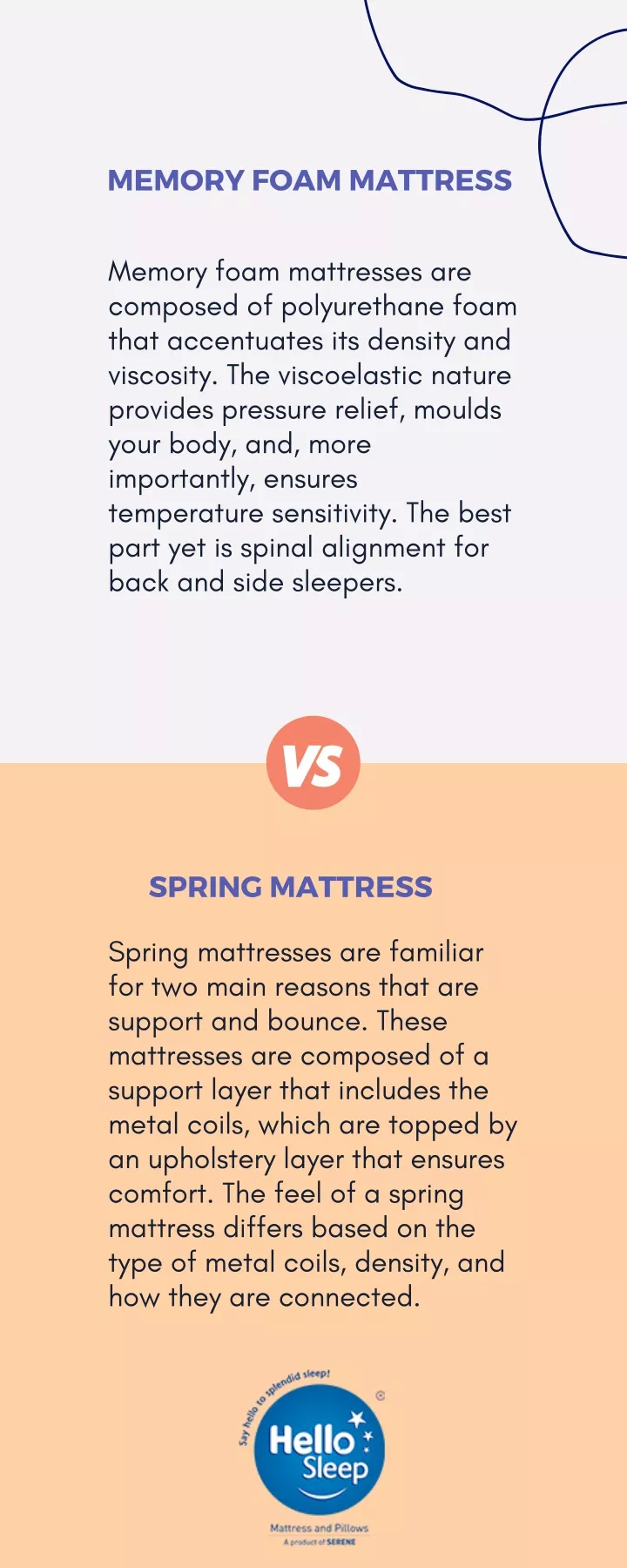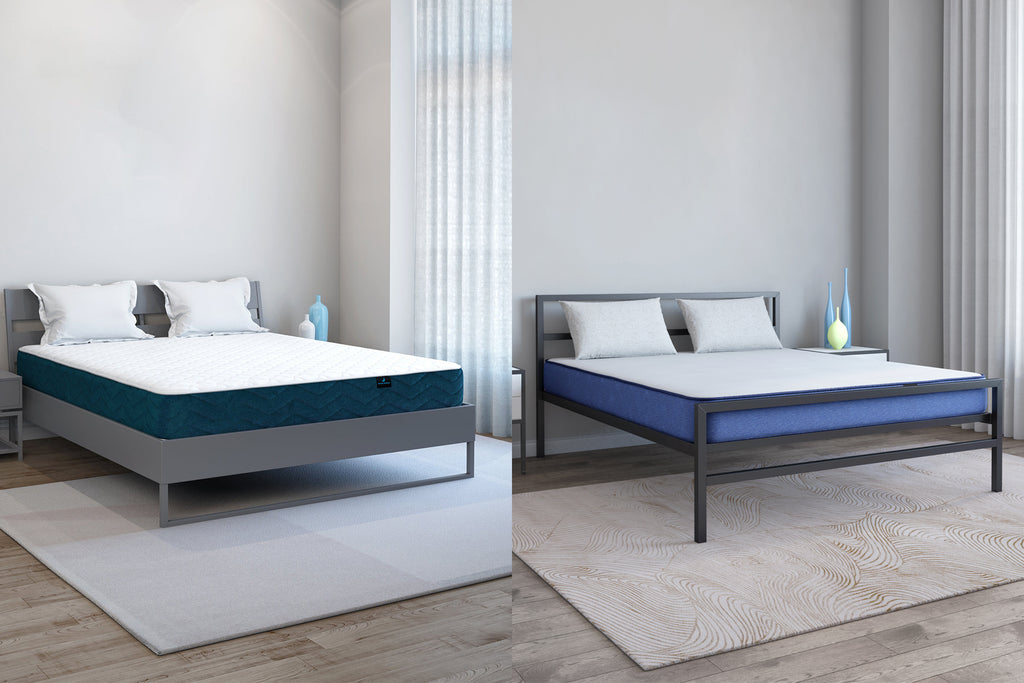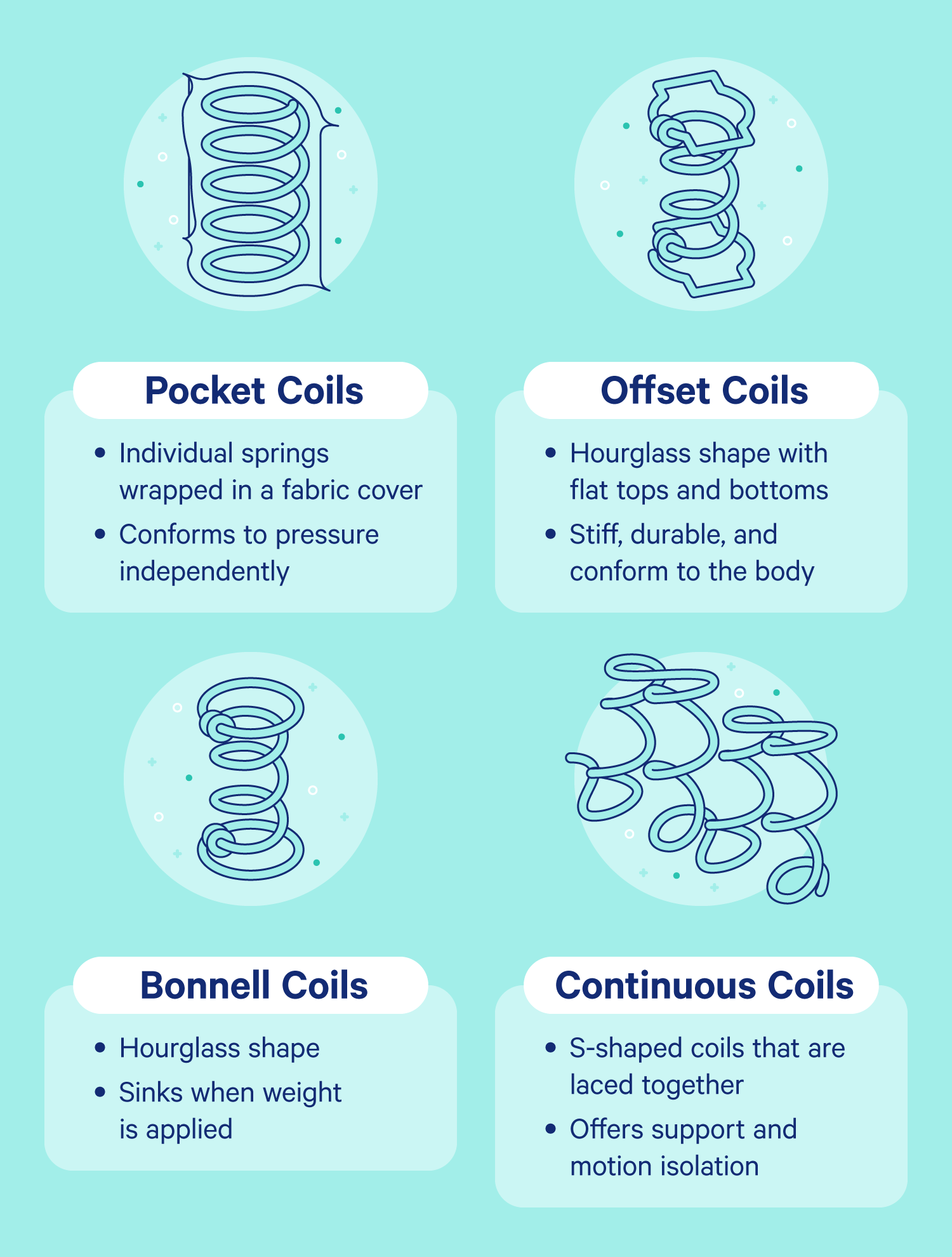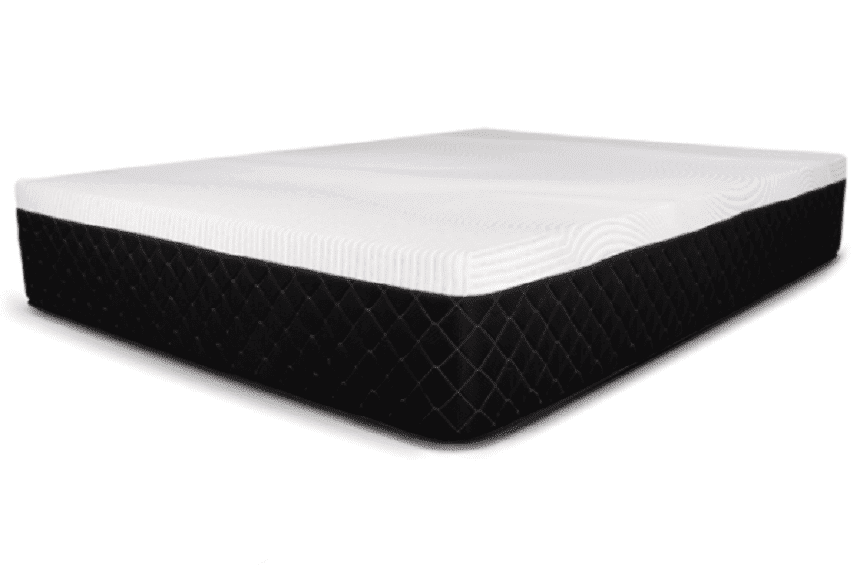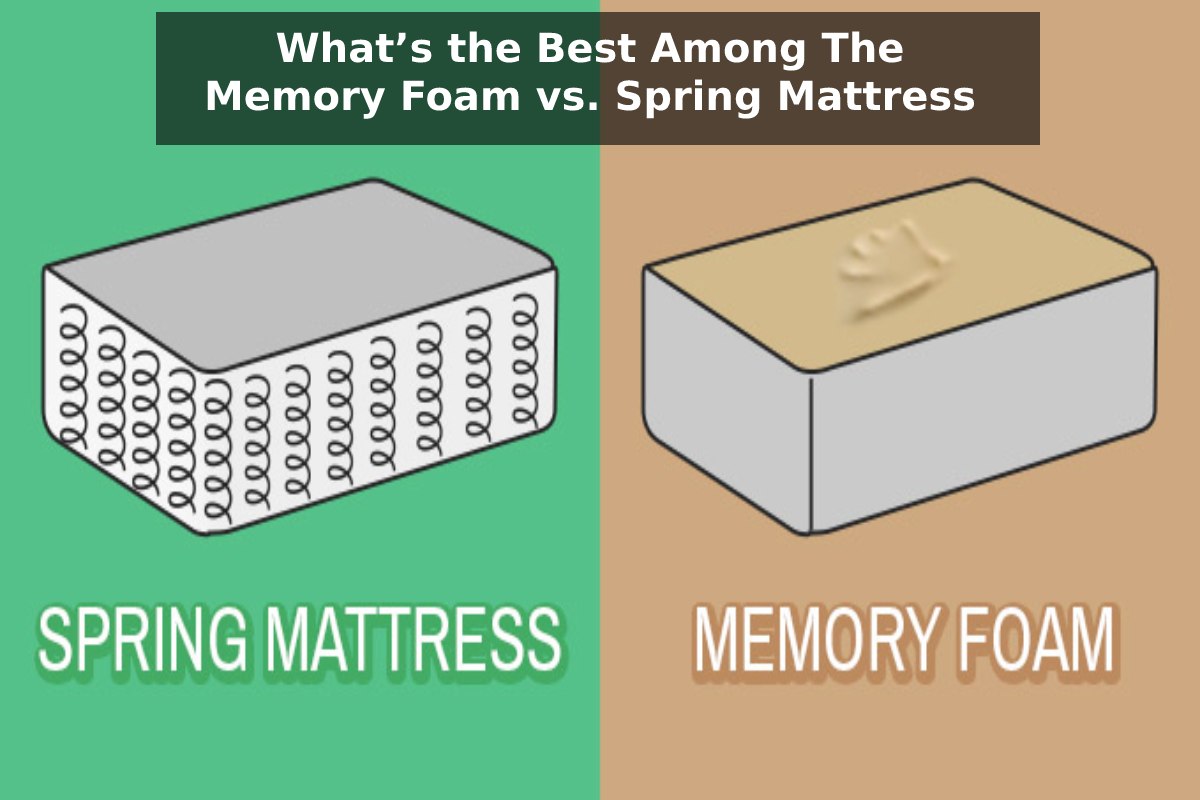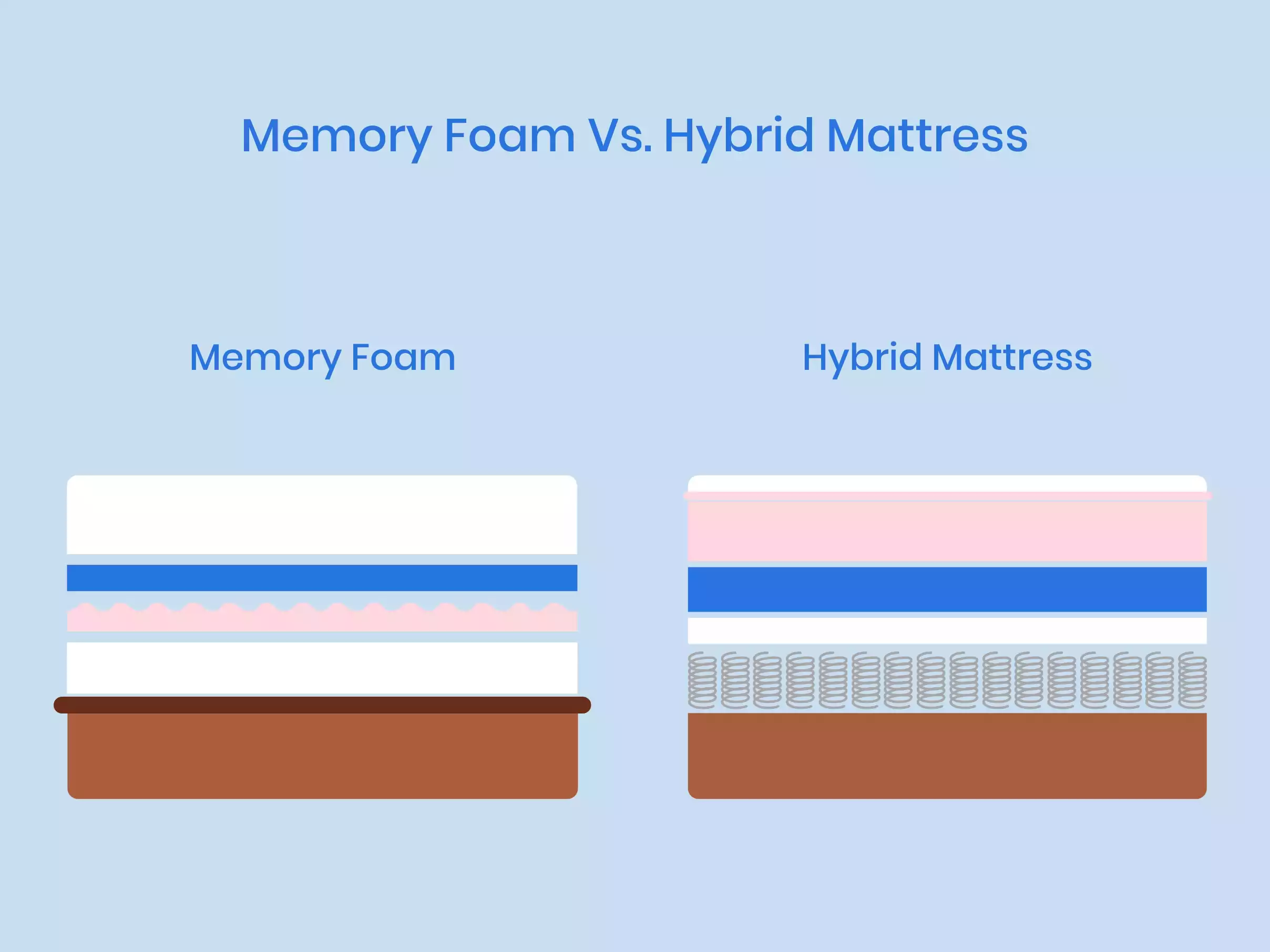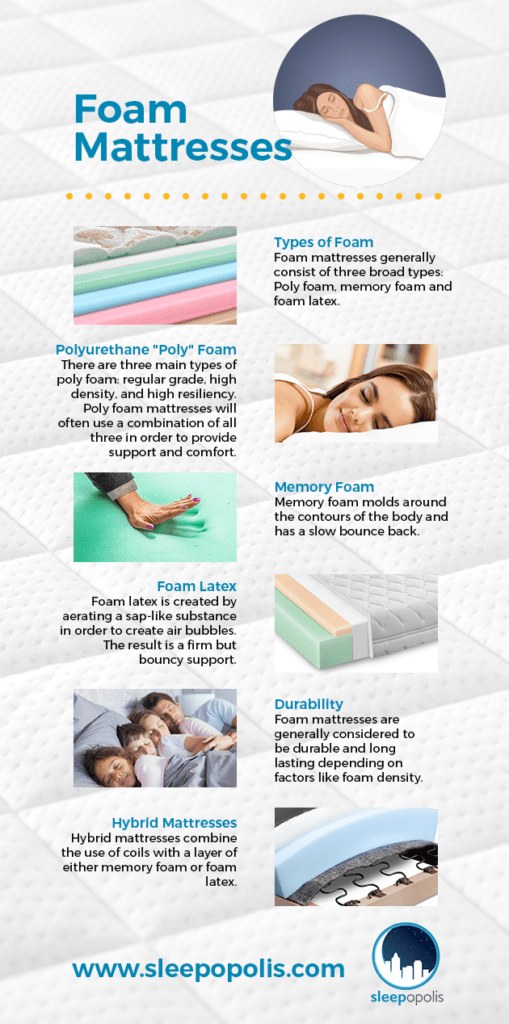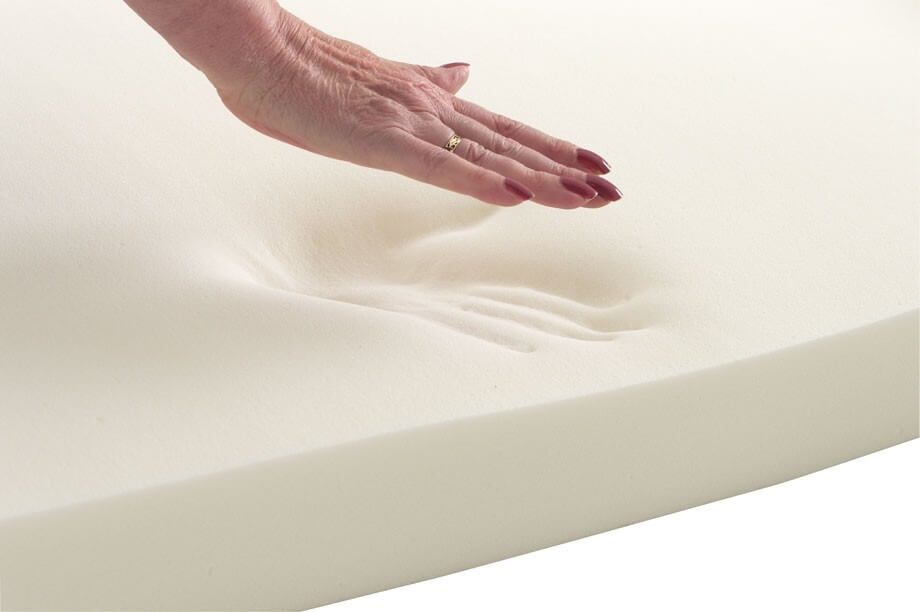Memory Foam vs Spring Mattress
Discover the Key Differences and Find the Perfect Mattress for You
Choosing the right mattress is crucial for a good night's sleep. With so many options available, it can be overwhelming to decide which one is the best fit for you. Two popular choices in the market are memory foam and spring mattresses. Let's dive into a detailed comparison between these two types to help you make an informed decision.
Memory Foam vs Spring Mattress Comparison
Both memory foam and spring mattresses have their own unique features and benefits. Understanding the differences between the two can help you determine which one is the right choice for you.
Comfort: Memory foam mattresses are known for their superior comfort. The foam contours to your body, providing support and relieving pressure points. On the other hand, spring mattresses are bouncier and offer more support, making them a better choice for people who prefer a firmer feel.
Support: Memory foam mattresses provide targeted support, as the foam molds to the shape of your body. This can be especially beneficial for people with back and joint pain. Spring mattresses, on the other hand, have a coil system that offers more traditional support for your body.
Motion Transfer: Memory foam mattresses are excellent at isolating motion, making them a great choice for couples. The foam absorbs movement, so you won't be disturbed by your partner's movements during the night. In contrast, spring mattresses have a bouncier feel, making them less effective at reducing motion transfer.
Durability: Memory foam mattresses tend to last longer than spring mattresses. The foam is more resistant to wear and tear, and it doesn't sag over time. On the other hand, spring mattresses may need to be replaced more frequently, as the coils can lose their shape and support over time.
Heat Retention: Memory foam mattresses are known for retaining heat, which can be a downside for people who tend to sleep hot. However, newer models come with cooling technology that helps regulate body temperature. Spring mattresses, on the other hand, have better airflow and tend to sleep cooler.
Price: In general, spring mattresses are more affordable than memory foam mattresses. However, the cost can vary depending on the brand, materials, and features of each type.
Memory Foam vs Spring Mattress Pros and Cons
Pros of Memory Foam Mattresses:
Memory Foam vs Spring Mattress Durability
When it comes to durability, memory foam mattresses have the upper hand. The foam is designed to last for many years without sagging or losing its shape. On the other hand, spring mattresses may start to sag and lose support over time, resulting in the need for a replacement mattress.
Additionally, memory foam mattresses tend to have longer warranties, with some lasting up to 20 years. In comparison, spring mattresses typically come with a 10-year warranty.
Memory Foam vs Spring Mattress Comfort
Comfort is subjective and depends on personal preferences. However, in general, memory foam mattresses are considered more comfortable than spring mattresses. The foam conforms to your body, providing support and relieving pressure points. Spring mattresses, on the other hand, may be too firm for some people and can cause discomfort in certain areas of the body.
Ultimately, the best way to determine which type is more comfortable for you is to test them both out in person. Lie down on each mattress and see how it feels for your body.
Memory Foam vs Spring Mattress Support
Both memory foam and spring mattresses offer support, but in different ways. Memory foam mattresses provide targeted support by conforming to the body's shape and relieving pressure on specific areas. In contrast, spring mattresses use a coil system to provide more traditional support to the body.
For people with back or joint pain, memory foam mattresses may provide better support, as the foam helps align the spine and reduce pressure on sensitive areas. However, for those who prefer a firmer feel, a spring mattress may provide the necessary support.
Memory Foam vs Spring Mattress Price
In general, spring mattresses are more affordable than memory foam mattresses. This is because memory foam is a more advanced and expensive material. However, the cost can vary depending on the brand, materials, and features of each type. It's essential to consider the long-term benefits and durability of each option when comparing prices.
Memory Foam vs Spring Mattress Lifespan
Memory foam mattresses typically have a longer lifespan compared to spring mattresses. The foam is more resistant to wear and tear and doesn't lose its shape over time. In contrast, spring mattresses may need to be replaced more frequently, as the coils can lose their support and cause discomfort.
Memory Foam vs Spring Mattress Motion Transfer
Memory foam mattresses are known for their excellent motion isolation properties. The foam absorbs movement, making it a great choice for couples who don't want to be disturbed by their partner's movements during the night. In contrast, spring mattresses have a bouncier feel and are less effective at reducing motion transfer.
Memory Foam vs Spring Mattress Heat Retention
Memory foam mattresses are notorious for retaining heat, which can be a downside for people who tend to sleep hot. However, newer models come with cooling technology that helps regulate body temperature. Spring mattresses, on the other hand, have better airflow and tend to sleep cooler.
Overall, both memory foam and spring mattresses have their unique features and benefits. Consider your personal preferences and needs to determine which type is the best fit for you. With a good understanding of the key differences between the two, you can make an informed decision and find the perfect mattress for a comfortable and restful sleep.
Additional Benefits of Memory Foam Mattresses

Pressure Relief and Support
 One of the main advantages of
memory foam mattresses
is their ability to provide
pressure relief
and support to the body. The foam is designed to conform to the shape of the sleeper's body, distributing their weight evenly and reducing pressure points. This can be especially beneficial for those who suffer from
back pain
or other
joint issues
, as the foam can help alleviate discomfort and promote proper spinal alignment.
One of the main advantages of
memory foam mattresses
is their ability to provide
pressure relief
and support to the body. The foam is designed to conform to the shape of the sleeper's body, distributing their weight evenly and reducing pressure points. This can be especially beneficial for those who suffer from
back pain
or other
joint issues
, as the foam can help alleviate discomfort and promote proper spinal alignment.
Motion Isolation
 Another benefit of
memory foam mattresses
is their ability to
isolate motion
, meaning that movement on one side of the bed will not be felt on the other side. This is especially useful for couples or those who share a bed, as it allows for a more restful sleep without being disturbed by their partner's movements. This is achieved through the foam's ability to absorb and minimize the transfer of movement.
Another benefit of
memory foam mattresses
is their ability to
isolate motion
, meaning that movement on one side of the bed will not be felt on the other side. This is especially useful for couples or those who share a bed, as it allows for a more restful sleep without being disturbed by their partner's movements. This is achieved through the foam's ability to absorb and minimize the transfer of movement.
Hypoallergenic Properties
 For those who suffer from allergies or asthma,
memory foam mattresses
can be a great choice. The dense foam material is resistant to dust mites and other allergens, making it a more hygienic option for sleep. Additionally, the foam is typically made without the use of harmful chemicals, making it a
hypoallergenic
and environmentally friendly choice.
For those who suffer from allergies or asthma,
memory foam mattresses
can be a great choice. The dense foam material is resistant to dust mites and other allergens, making it a more hygienic option for sleep. Additionally, the foam is typically made without the use of harmful chemicals, making it a
hypoallergenic
and environmentally friendly choice.
Durability
 While both
spring mattresses
and
memory foam mattresses
can offer good levels of support, memory foam tends to have a longer lifespan. This is because the foam is designed to bounce back to its original shape after pressure is applied, whereas the coils in a spring mattress can eventually wear out and lose their support over time. This can ultimately result in a longer lasting and more comfortable mattress for the sleeper.
While both
spring mattresses
and
memory foam mattresses
can offer good levels of support, memory foam tends to have a longer lifespan. This is because the foam is designed to bounce back to its original shape after pressure is applied, whereas the coils in a spring mattress can eventually wear out and lose their support over time. This can ultimately result in a longer lasting and more comfortable mattress for the sleeper.
In conclusion, while both memory foam and spring mattresses have their own unique benefits, it is clear that memory foam offers several advantages that make it a popular choice for many sleepers. Its ability to provide pressure relief and support, isolate motion, and be hypoallergenic and durable make it a top contender in the mattress market. Consider these factors when choosing a mattress for your next bedroom design project.
